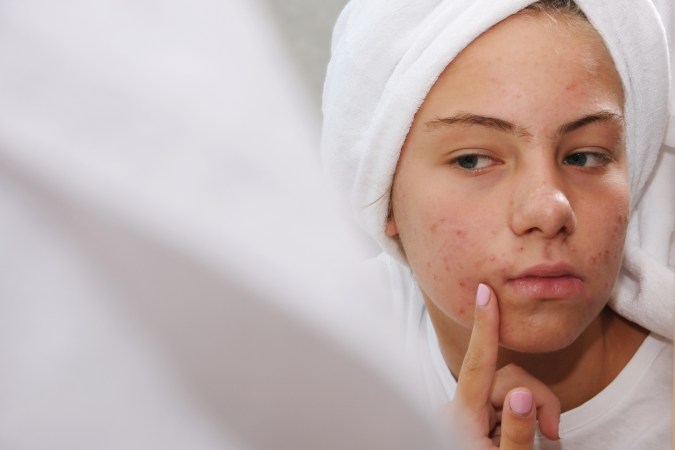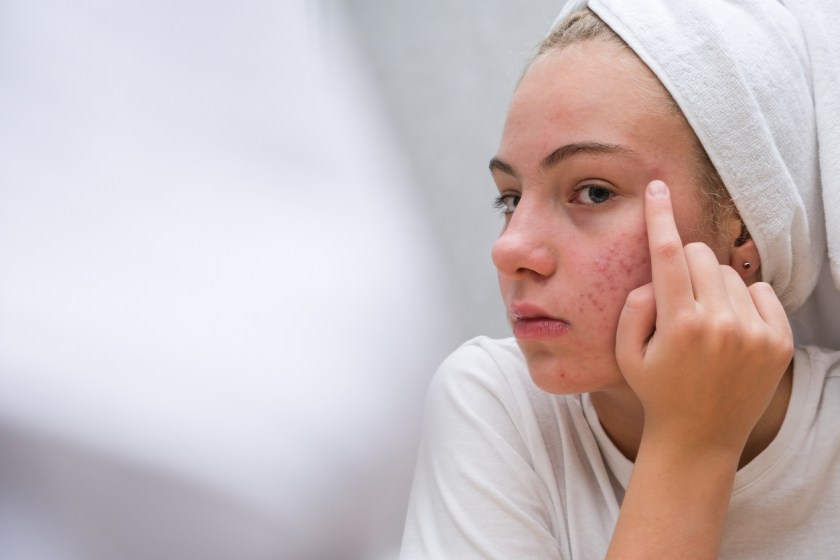We caught up with a leading dermatologist for his insight on common misconceptions within the realm of non-surgical treatments and acne medication.
Medications that are prescribed for severe acne have long been accompanied by misunderstandings and misconceptions regarding their impact on various dermatological treatments. Isotretinoin in particular, is often associated with restrictions on energy-based device (EBD) treatments, leading many to believe that such procedures are contraindicated for patients on the medication.
However, recent insights from dermatology experts challenge this assumption. While caution is necessary, the belief that all EBD treatments are off-limits for isotretinoin users is an oversimplification. Dermatologists are now exploring the potential benefits and risks associated with combining isotretinoin and EBDs. By examining the available evidence and considering factors such as dosage, patient characteristics, and specific treatments, a more nuanced understanding is emerging.
For further clarity on this topic, we caught up with Dr Ryan De Cruz, founder and lead Dermatologist of Southern Dermatology based in Melbourne, for his take on this topic.
What is the biggest misconception with patients who are on isotretinoin?

The biggest misconception about patients taking isotretinoin is that they are not candidates for treatment with any energy-based device (EBD). In 2023, this is simply not true, with insufficient evidence to support delaying lasers in this group of patients. From hair removal laser to vascular, pigment and even fractionated resurfacing lasers, isotretinoin is NOT a contra-indication, and in some cases, may in fact enhance the efficacy of the energy based devices!
What considerations must a non-medical therapist or clinician consider when treating a patient who is on Isotretinoin?
Aspects to consider when treating patients on isotretinoin is the dose, and other risk factors for adverse events – including patient factors (such as smoking, history of cutaneous infections and immune-suppression) and EBD-factors (such as whether the device interrupts the epidermis and dermal-epidermal junction.) A robust discussion around the paucity of evidence supporting the claims found on patient information (PI) statements of most isotretinoin brands must be held. Low-dose regimens, which are the norm in Australia, are generally deemed extremely safe. This include doses less than 20mg daily. This is in contrast to the archaic dosing-regimens of up to 1mg/kg/day, still prescribed in the United Kingom, USA and parts of Europe.

In the case of intense-pulse light, laser-hair removal, long-pulsed vascular laser, q-switched and pico-second pigment lasers, radio-frequency needling and high-frequency ultrasound, there is no evidence to recommend with-holding treatment from patients on isotretinoin. The same is true even for superficial- and medium-depth chemical peels, and non-ablative EBDs, though caution must be used in patients with risk factors for infection (such as HSV and staphylococcus) or poor-wound healing.
What should absolutely not be performed whilst a patient is on Isotretinoin, and why?
It is adviseable to avoid treat patients taking isotretinoin with deep chemical peels and ablative lasers. As these two procedures are innately associated with higher risk of infection and scarring, the potential for such complications is higher, and therefore best avoided.
When looking at antibiotic methods for mitigating acne in early stages, how does this differ in one’s approach to treatment?
It is generally accepted that oral antibiotics including tetracyclines (doxycycline, minocycline), cephalosporins (cephalexin), and macrolides (erythromycin) are not contra-indications for any laser device. The issue of photo-sensitivity with tetracyclines antibiotics is generally limited to the UVA1 spectrum (340-400nm); as such, most EBDs which employ deeper-penetrating wavelengths of light, are perfectly safe to use in patients taking either doxycycline or minocycline.
Read SPA+CLINIC’s Latest Issue Here:
There are 5 ways you can catch up with SPA+CLINIC
- Our quarterly print magazine, delivered to your door. Subscribe here.
- Our website, which is updated daily with its own completely unique content and breaking news.
- Our weekly newsletter – free to your inbox! Subscribe here.
- Our digital magazine – click here to view previous issues.
- Our social media – see daily updates on our Instagram, Facebook & Linkedin




